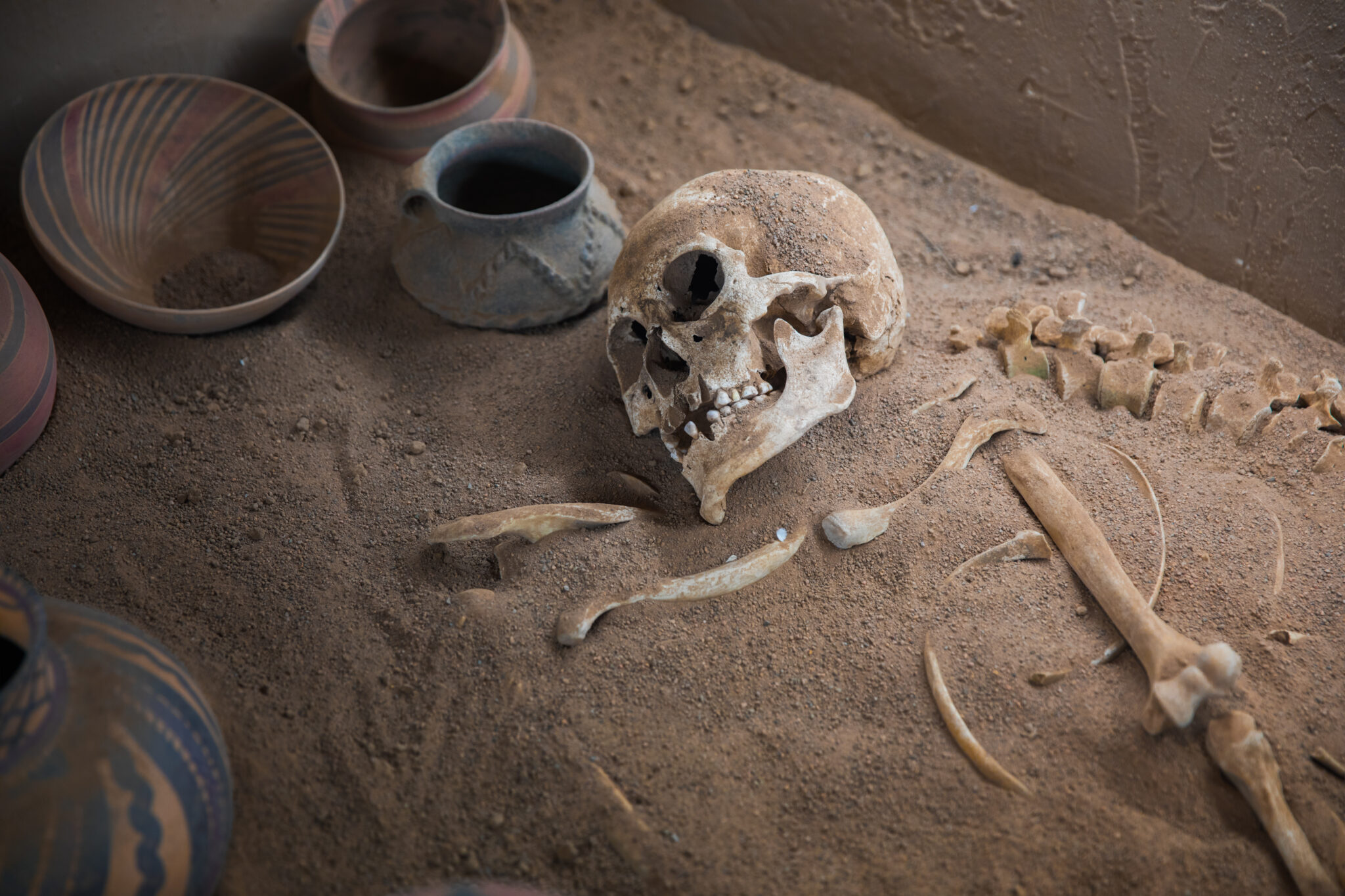Why Aren’t There Any 900-Year Old Human Fossils?
“You don’t really believe that humans lived to be 900 years old, do you?” A well-known local atheist posed this question last spring (2005) when I spoke in Albany, New York. For many skeptics the long life spans recorded in Genesis chapters 5 and 11 seem absurd. If anything, anthropological evidence seems to indicate that humans who lived just thousands of years ago had shorter life spans than they do today. Yet conservative Bible scholars affirm that a literal reading of these passages teaches that the first human beings lived to be several hundred years old. And, it was only after the Flood that human life expectancy decreased to a maximum of 120 years. How do we resolve this conflict?
Recent advances in the biochemistry of aging and new astronomical insights into changes in Earth’s radiation environment make such long life spans scientifically plausible.1 These advances, however, raise a fundamental question: If the biblical account is correct, then why aren’t there any fossils of 900-year-old humans?
New research offers a possible explanation. Anatomists from Japan have developed a new method to determine the age of humans at the time of their death based on analysis of the ilium (one of the bones of the pelvis).2 This newly developed approach bears similarity to methods currently used by forensic scientists to determine age at the time of death.3 As humans age, characteristic changes take place in their skeletal features. Carefully correlating these changes with age allows scientists to estimate an age-at-death from skeletal remains.
This new method, and others like it, critically depends on the individuals comprising the reference sample. The researchers demonstrated that the age-at-death measured for an individual will depend on the known age and sex distribution of the human subjects used to build the calibration curve. The measured age can be skewed high or low if there is not a balanced representation of ages and sexes in the reference samples.
Age determination of human remains in the fossil record, of necessity, is based on calibrations derived from contemporary humans. But this process would not apply to humans who aged differently, and more slowly, prior to the Flood. Therefore, the failure to detect 900-year-old humans in the fossil record does not necessarily mean that humans did not live that long. Instead, it may reflect, at least in part, the use of the wrong calibration of chronological age and skeletal changes.
At first glance, the long life spans described in Genesis seem incredible. Yet, with adjustments of age-determination methods, along with advances in biochemistry and astronomy, this biblical teaching seems more plausible than ever.
My response to the neighborhood skeptic: “Yes, I do believe that humans lived to be 900 years old, and here’s why.”
Endnotes
- Fazale R. Rana, Hugh Ross, and Richard Deem, “Long Life Spans: Adam Lived 930 Years and Then He Died; New Discoveries in the Biochemistry of Aging Support the Biblical Record,” Facts for Faith, no. 5 (Q1 2001),
https://www.reasons.org/resources/fff/2001issue05/index.shtml#long_life_spans. - Yuriko Igarashi et al., “New Method for Estimation of Adult Skeletal Age at Death from the Morphology of the Auricular Surface of the Ilium,” American Journal of Physical Anthropology : early view, published online April 4, 2005.
https://www3.interscience.wiley.com/cgi-bin/abstract/110436520/ABSTRACT - For example see Mehmet Yaşar İşcan, ed., Age Markers in the Human Skeleton (Springfield, IL: Charles C. Thomas, 1989).





